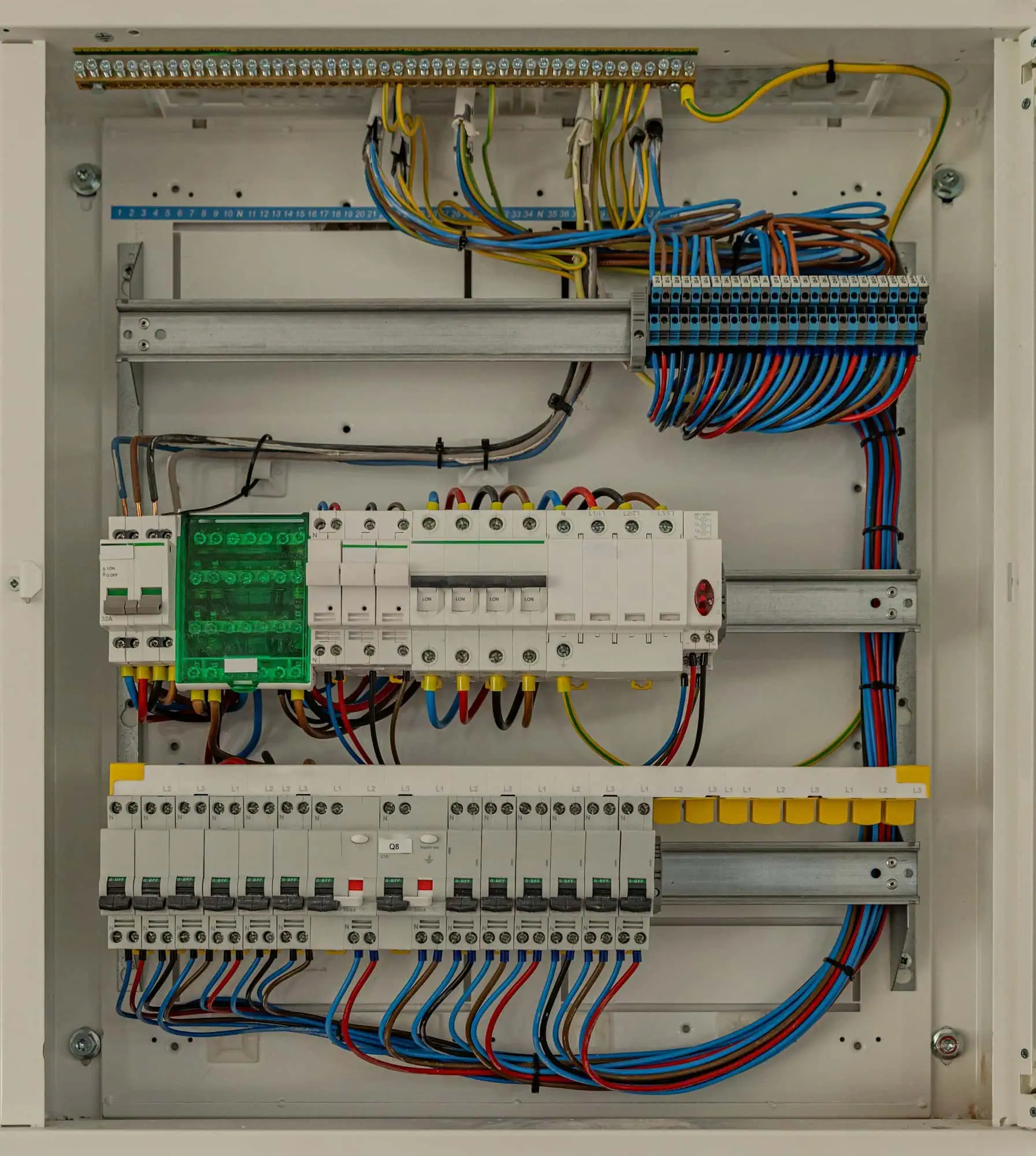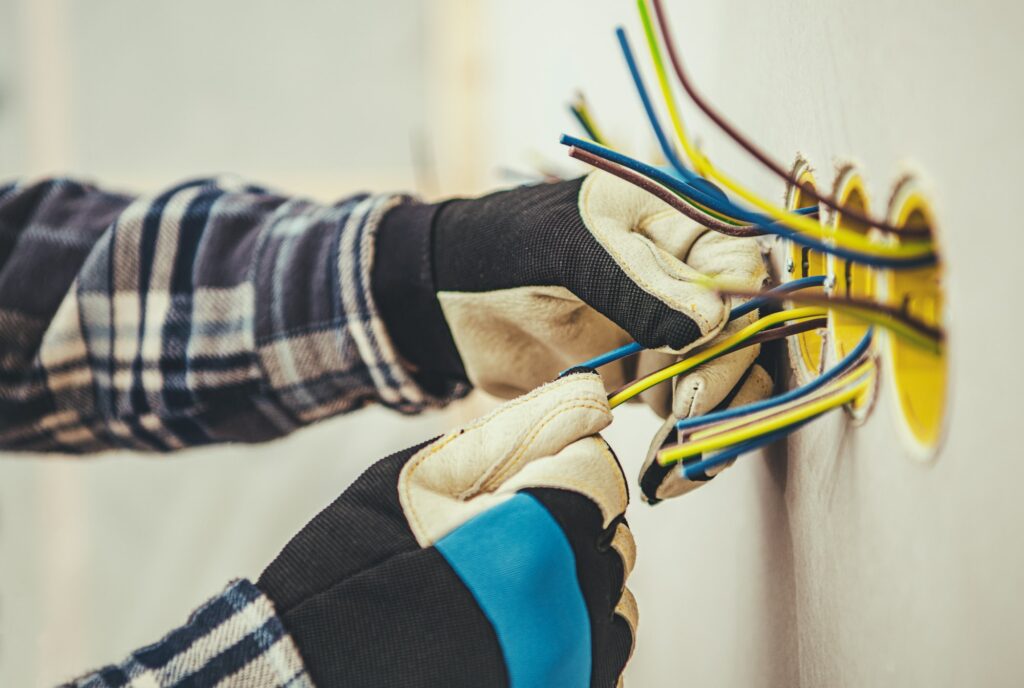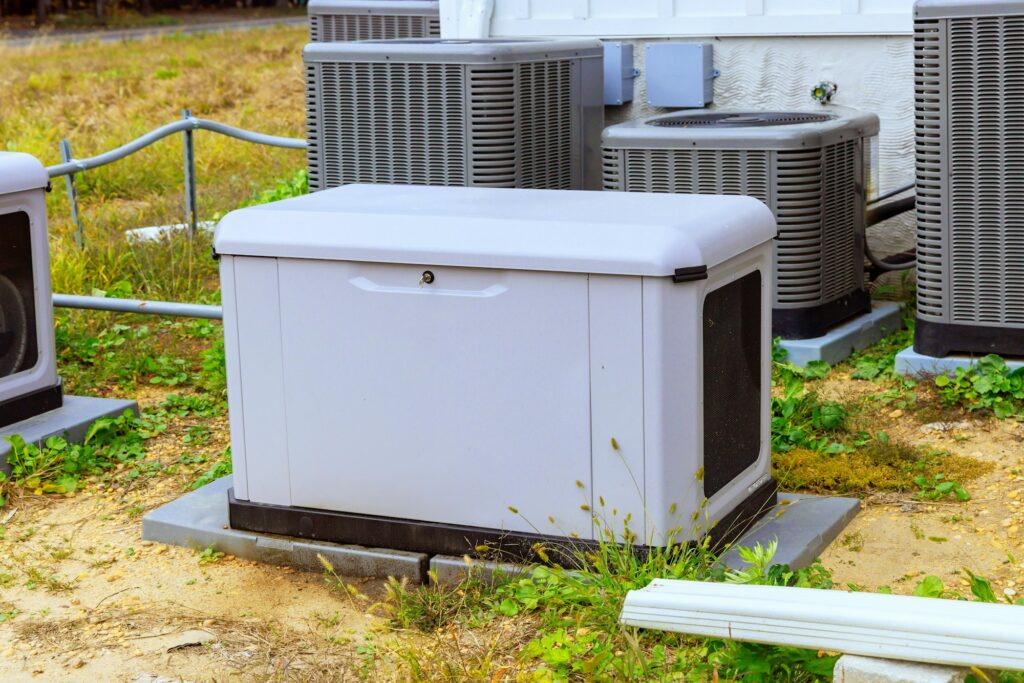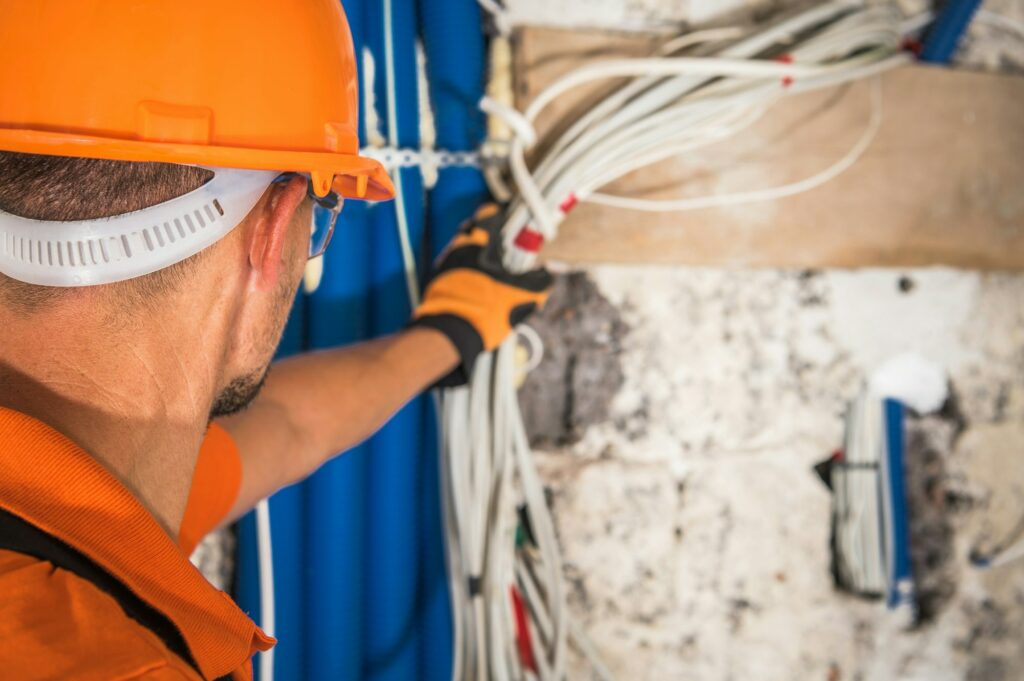A Comprehensive Guide to Electric Panel Installation
In the modern world, where our daily lives are increasingly dependent on electrical devices, the importance of a reliable and efficient electrical system cannot be overstated. At the heart of this system is the electric panel, also known as a breaker panel or distribution board. This crucial component distributes electricity throughout your home or business, ensuring that each circuit receives the power it needs. Whether you’re building a new home, upgrading an old system, or simply ensuring that your current setup is safe and efficient, understanding electric panel installation is essential.
What is an Electric Panel?
An electric panel is a metal box that houses circuit breakers, which protect your electrical circuits from overload and short circuits. When a circuit draws too much current, the breaker trips, cutting off the power to prevent overheating and potential fires. Modern panels also often include ground fault circuit interrupters (GFCIs) and arc fault circuit interrupters (AFCIs) for added safety.
Why Upgrade Your Electric Panel?
There are several reasons why you might need to upgrade or install a new electric panel:
- Increased Electrical Demand: Modern homes use more electricity than ever before, with numerous appliances, devices, and smart home systems. An outdated panel may not be able to handle the increased load.
- Safety Concerns: Older panels may not meet current safety standards and could pose a fire hazard.
- Home Renovations: Adding new rooms or major appliances often requires additional circuits.
- Insurance Requirements: Some insurance companies may require an upgrade to a modern panel to reduce risk.
Steps for Electric Panel Installation
1. Planning and Permits
Before any work begins, planning is crucial. This involves determining the capacity needed (measured in amperes), the number of circuits required, and the best location for the panel. You’ll also need to obtain the necessary permits from your local building authority, as electrical work is highly regulated for safety reasons.
2. Choosing the Right Panel
Selecting the appropriate panel involves considering your current and future electrical needs. Panels typically range from 100 to 400 amps. For most modern homes, a 200-amp panel is sufficient, but larger homes or those with high electrical demands may require a higher capacity.
3. Safety Precautions
Working with electricity is dangerous, and safety should be your top priority. Always turn off the main power supply before beginning any work, and use insulated tools. If you’re not confident in your ability to perform the installation safely, it’s best to hire a licensed electrician.
4. Installation Process
a. Remove the Old Panel: If you’re replacing an existing panel, carefully remove it, ensuring all wires are properly labeled.
b. Mount the New Panel: Install the new panel in a dry, accessible location. Secure it firmly to the wall using appropriate mounting hardware.
c. Connect the Wires: Connect the incoming power lines to the main breaker and the outgoing wires to the individual circuit breakers. Ensure all connections are tight and secure.
d. Test the System: Once all connections are made, turn on the main power supply and test each circuit to ensure everything is functioning correctly.
5. Inspection
After installation, a professional inspection is usually required to ensure the work meets all local codes and safety standards. This step is crucial for both safety and compliance reasons.
Your Next Step with Ohms Electric
Ready to enhance your home’s electrical safety and efficiency? Contact Ohms Electric today. Our experienced electricians can provide personalized advice tailored to your home’s unique needs and carry out any necessary installations or repairs.
When you choose Ohms Electric for Electric Panel Installation, you’re not just getting a service – you’re getting peace of mind, knowing that your home’s electrical systems are in the hands of qualified professionals.
Contact us today to schedule a service appointment or discuss your electrical needs. At Ohms Electric, we’re lighting the way to a safer, more energy-efficient future for homes across Northern Nevada.




